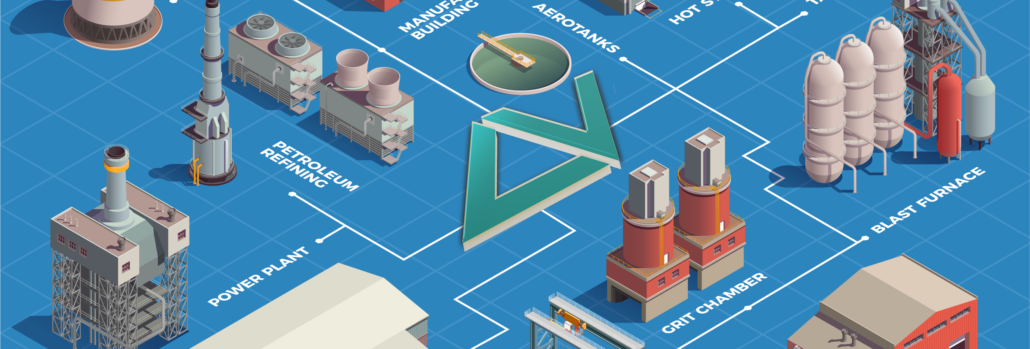Solenoid valves are key in systems that manage the flow of fluids. Like all machines, they can face issues, and leaks are common problems. This guide will help you find and fix a leaky solenoid valve.
IDENTIFYING THE LEAK :
First, make sure your valve is leaking. Look for puddles, wet areas, or a pressure drop. Once you’re sure, follow these steps:
- Turn Off and Separate: First, shut off the valve’s power and disconnect it from the fluid source. Safety first.
- Lower Pressure: Release trapped pressure for safety. You can do this via a manual valve downstream.
- Take Apart: Carefully disassemble the valve using the manufacturer’s guidelines. Keep track of the parts.
- Check Seals: Examine seals and O-rings for wear or damage. These often cause leaks. Replace any problematic parts.
- Clean: Thoroughly clean all parts to remove debris that could cause leaks. Then, apply lubricant to the O-rings and seals.
- Put Back Together: Reassemble the valve. Be careful with alignment and avoid over-tightening.
- Test: Power up and watch for leaks. If issues persist, consider repeating these steps, replacing more parts, or seeking professional help.
PREVENTING FUTURE LEAKS :
To avoid future issues, consider:
- Routine Checks: Establish a regular inspection and cleaning schedule.
- Proper Installation: Ensure correct alignment and appropriate fastener tightening during installation.
- Compatible Fluids: Use fluids compatible with your valve to prevent corrosion.
- Temperature Factors: For systems with extreme temperature conditions, choose a valve designed to handle them.
CONCLUSION :
Fixing a leak involves diagnosing the problem, disassembling and inspecting the valve, and then reassembling and testing it. By following this guide and taking preventive steps, you can maintain your system’s efficiency and safety. If you continue to face issues, consult with experts.

